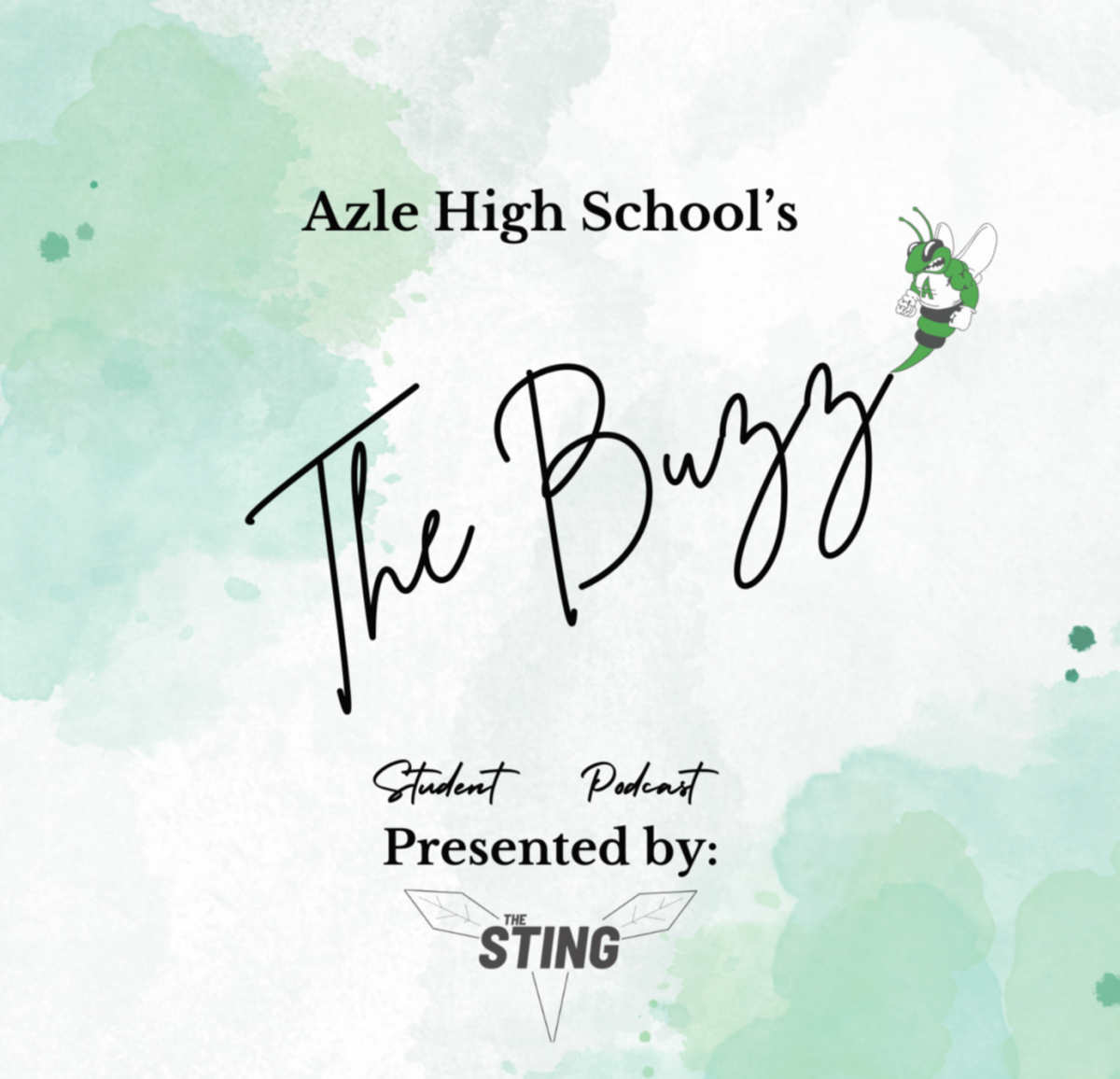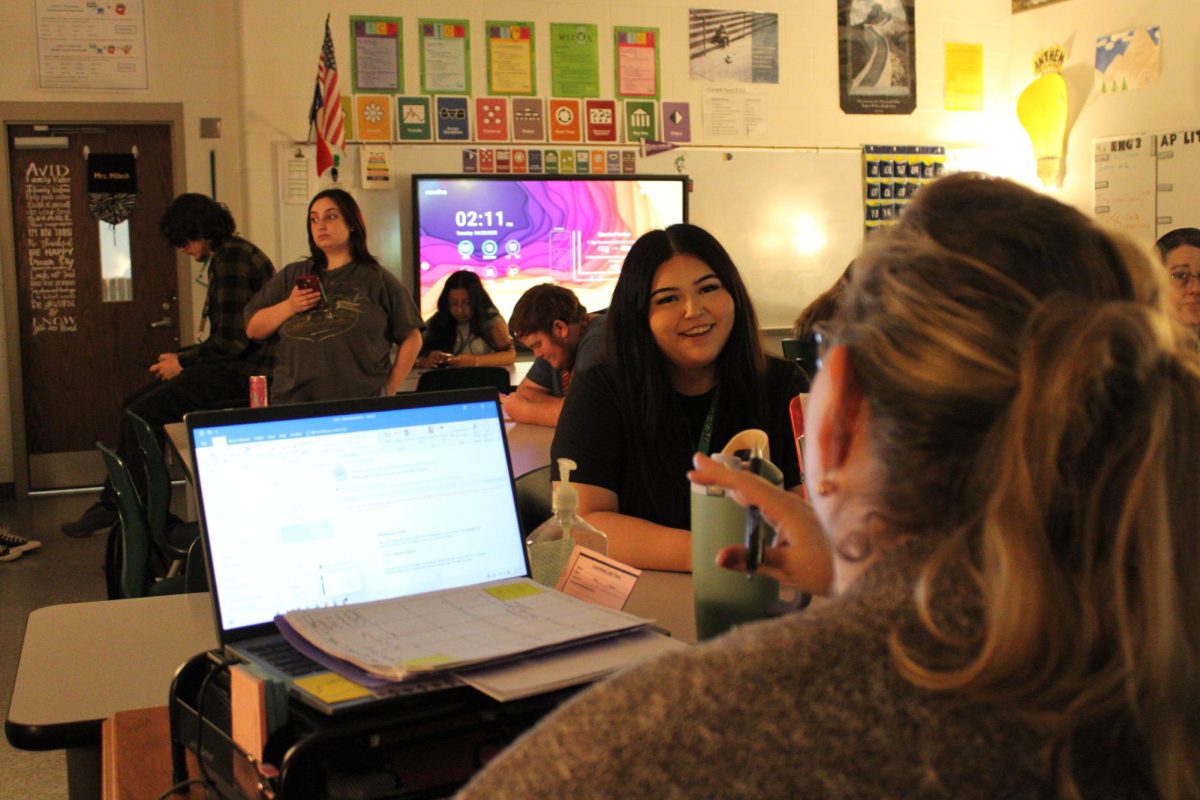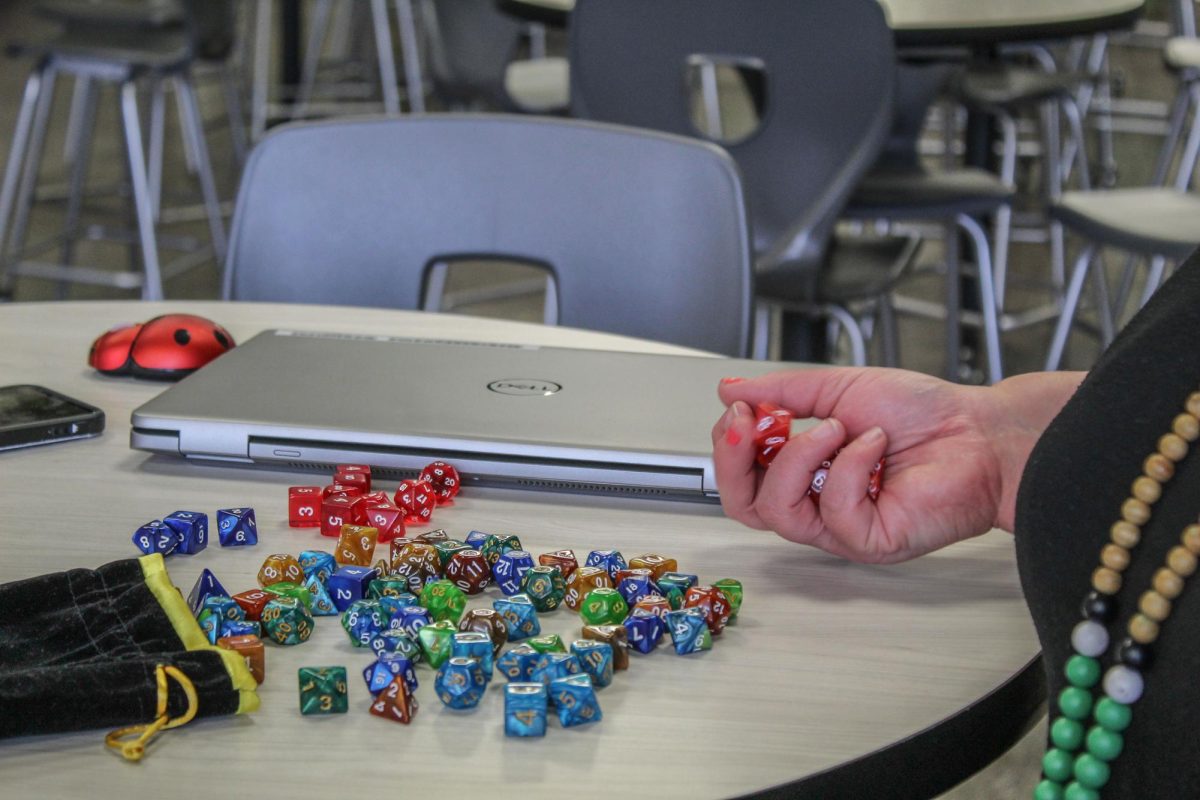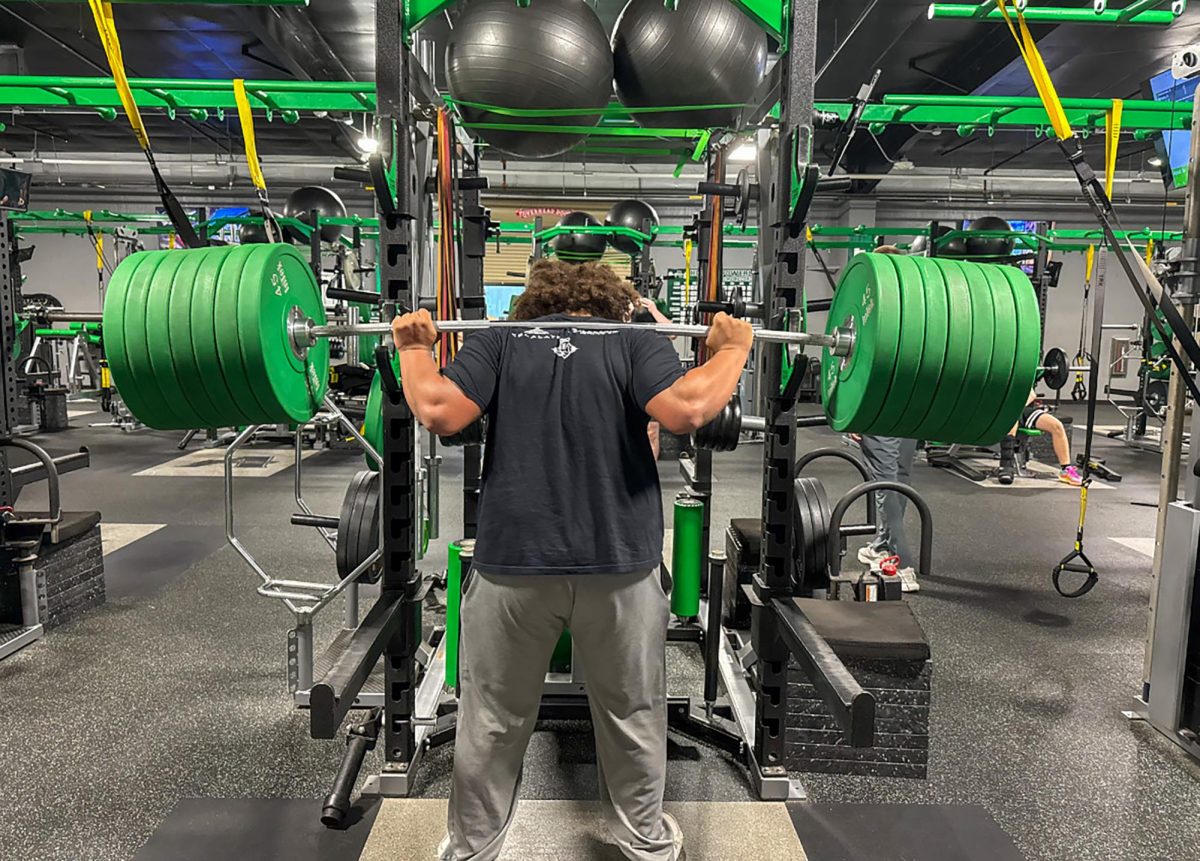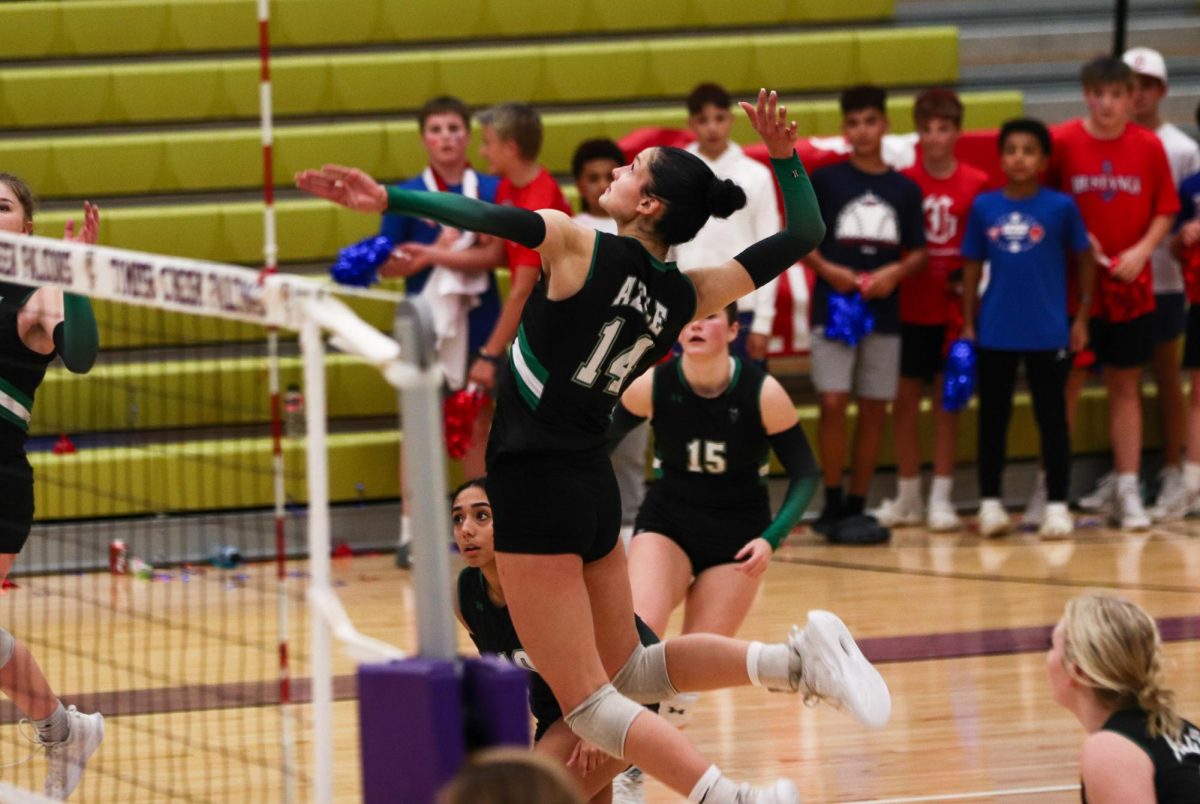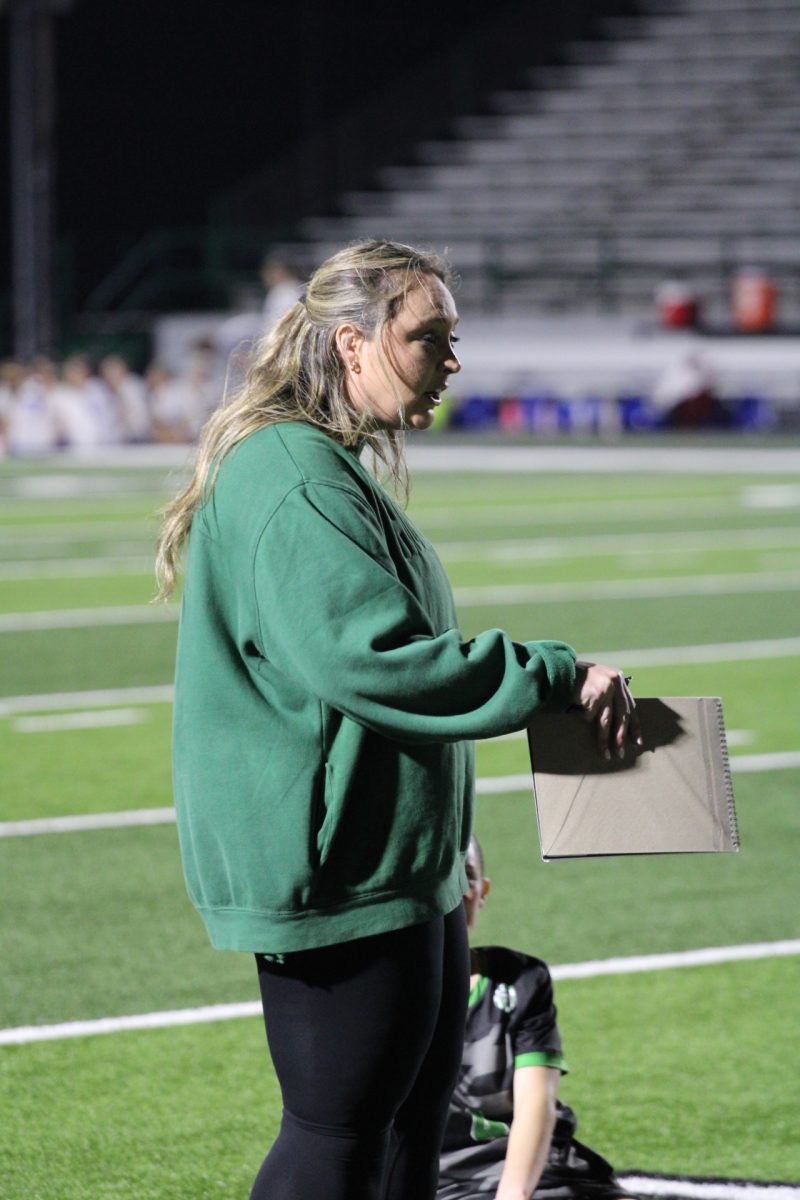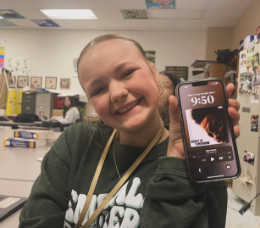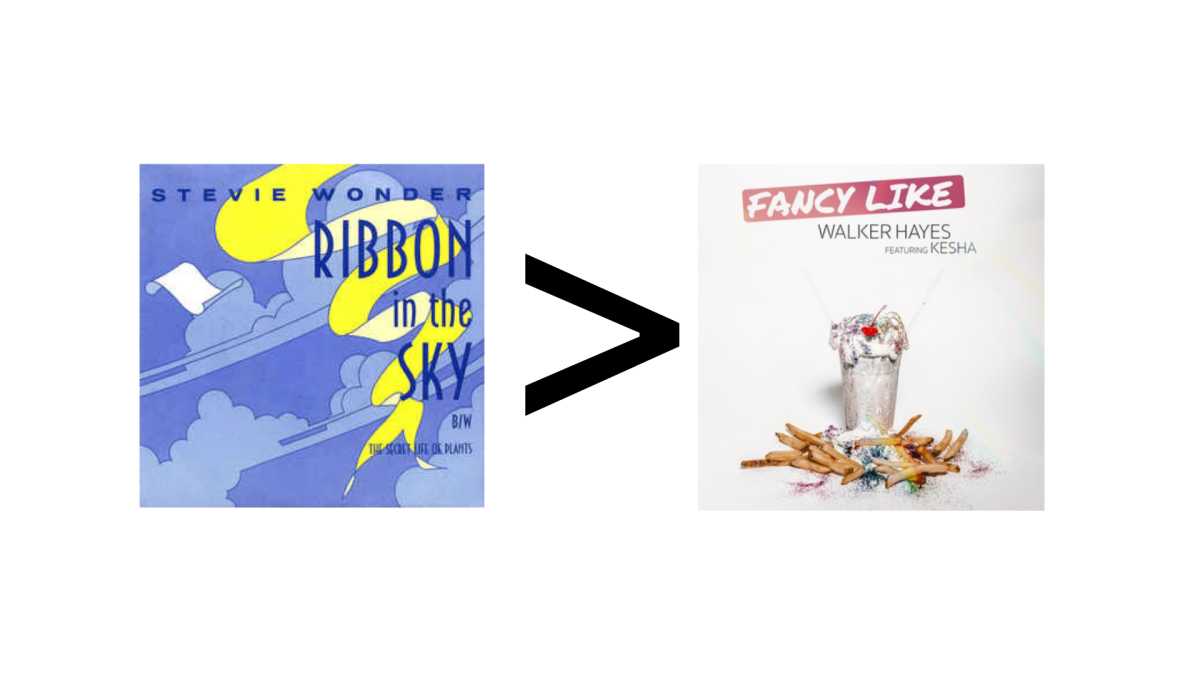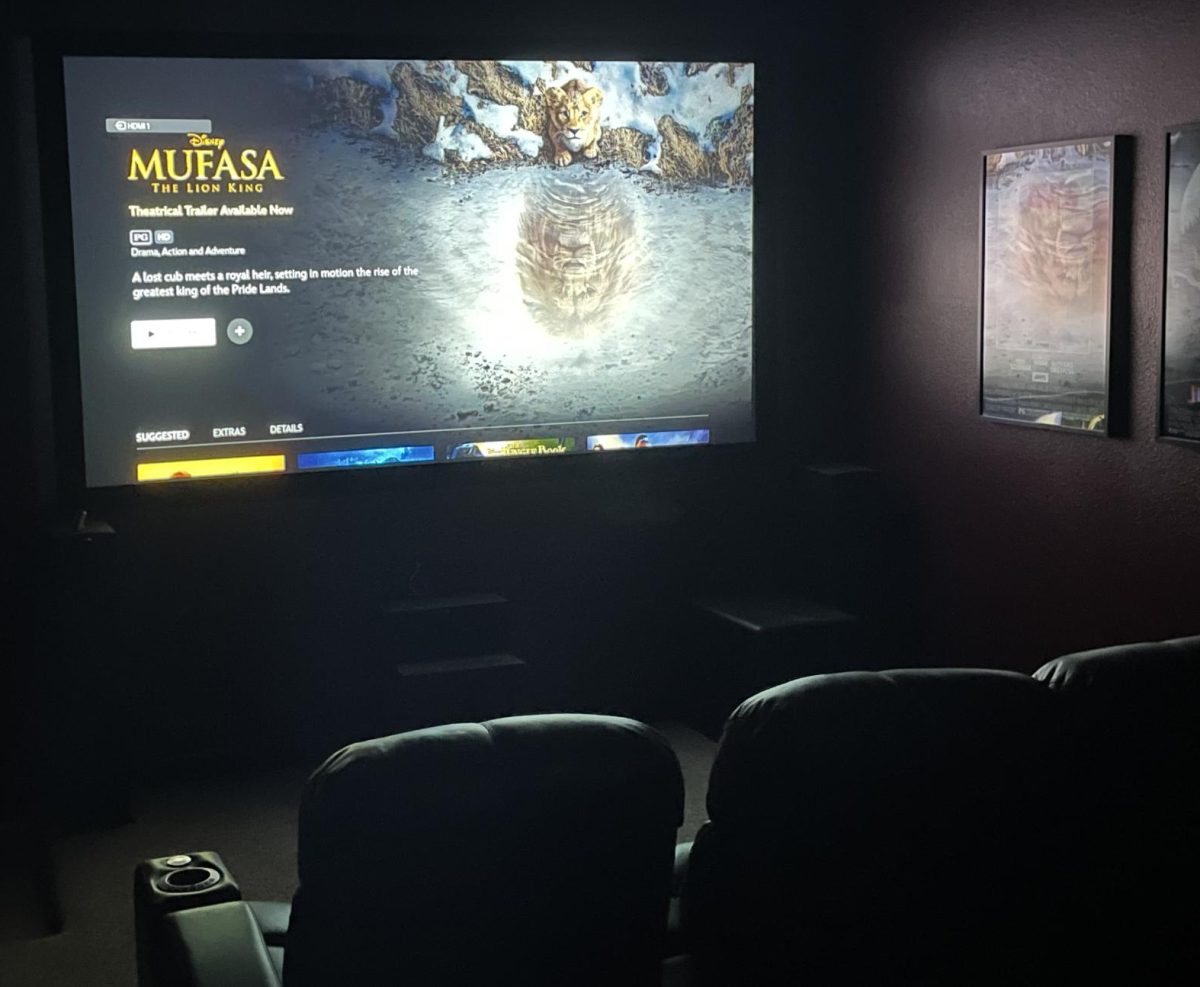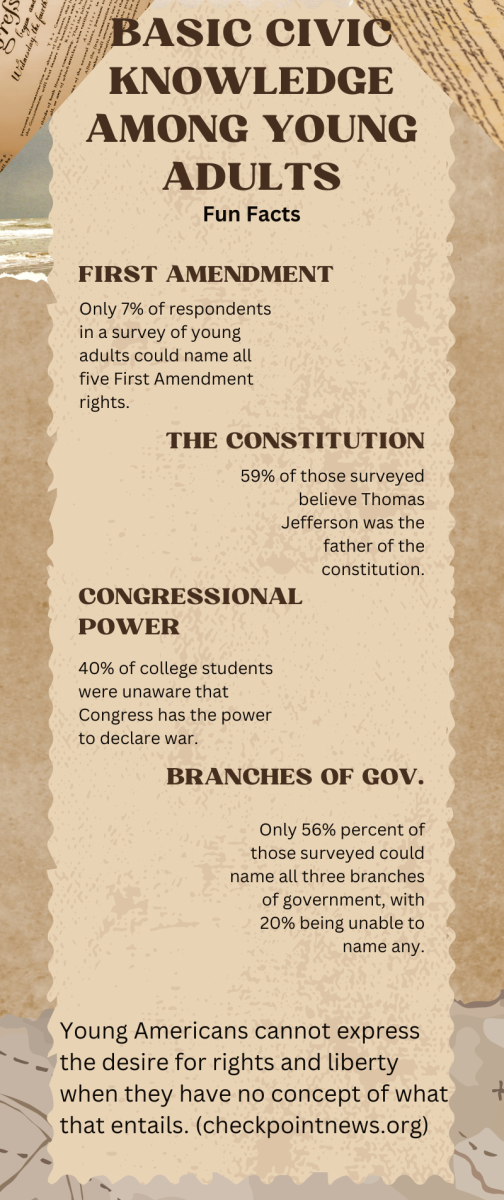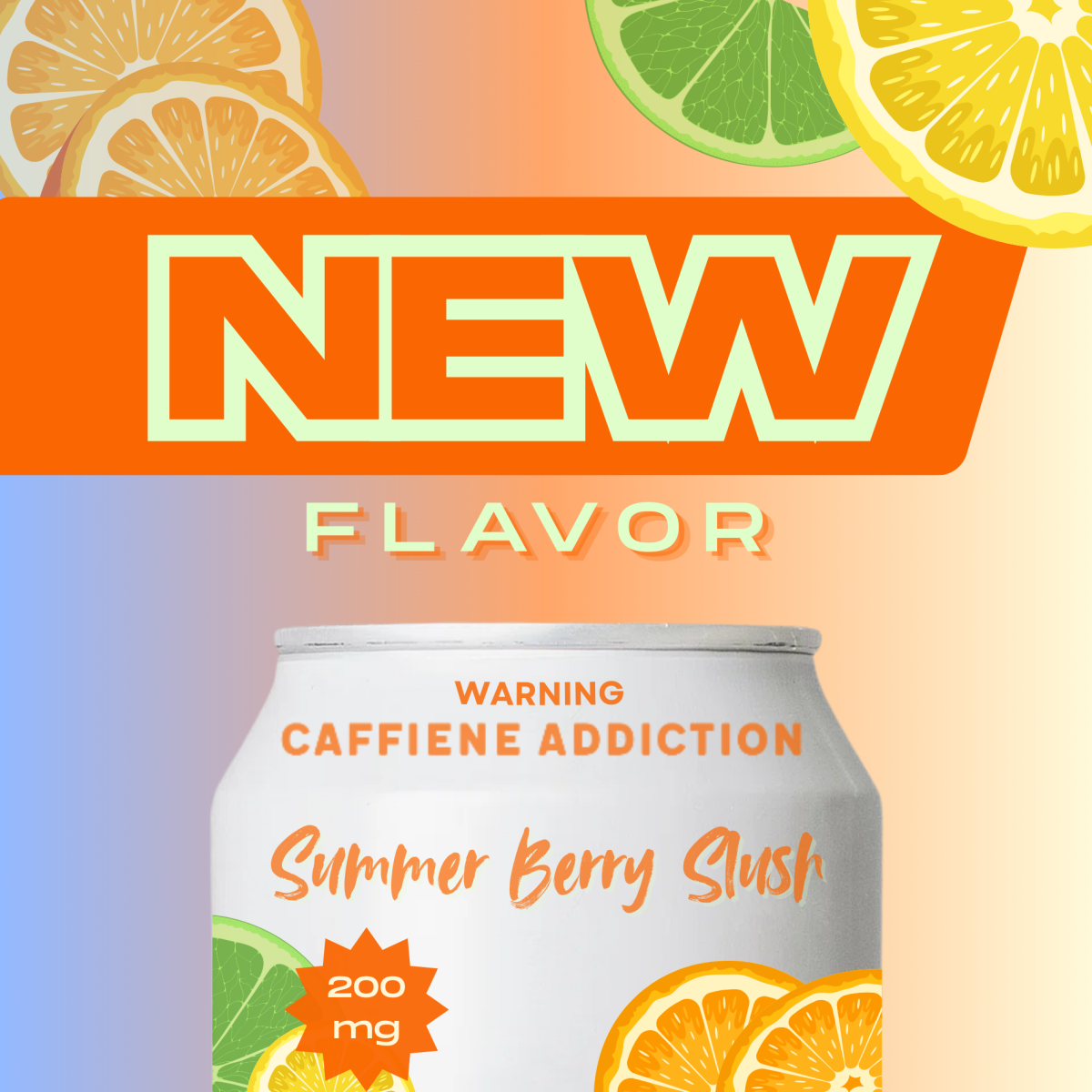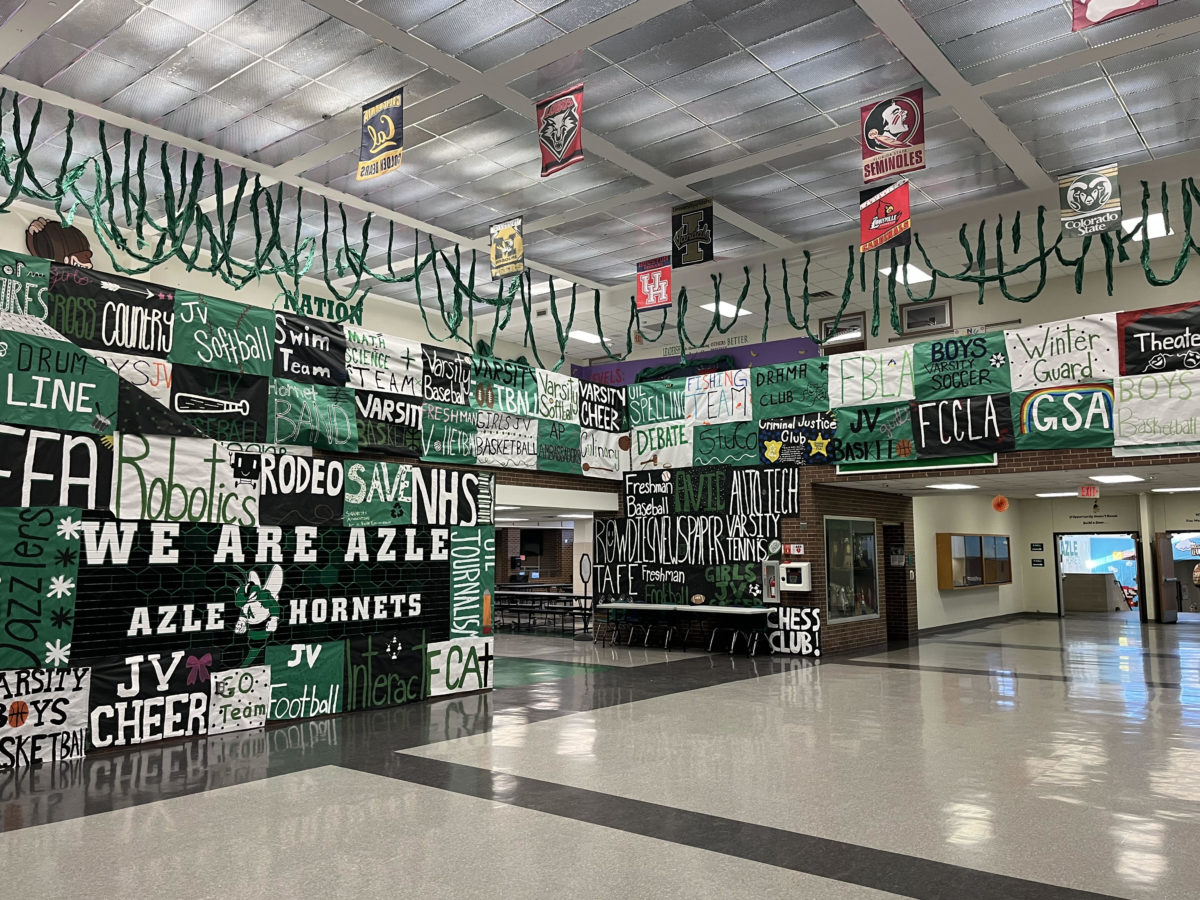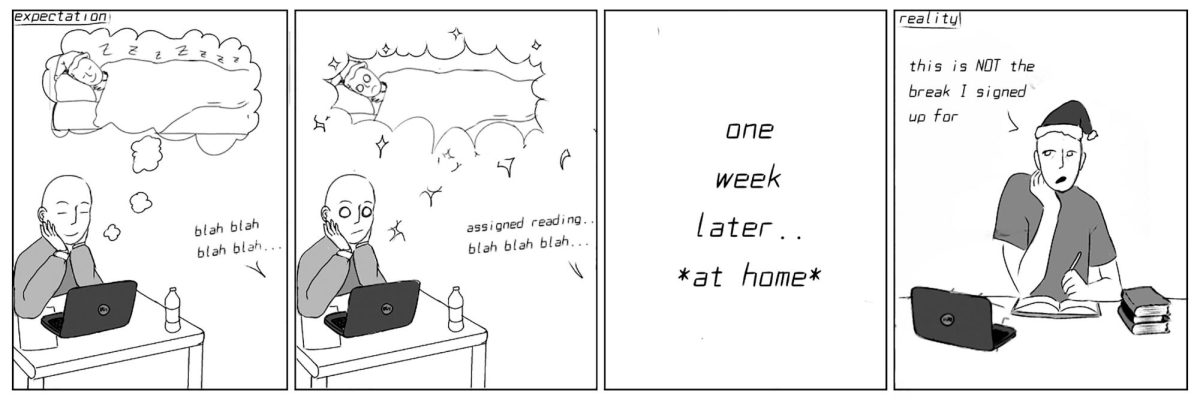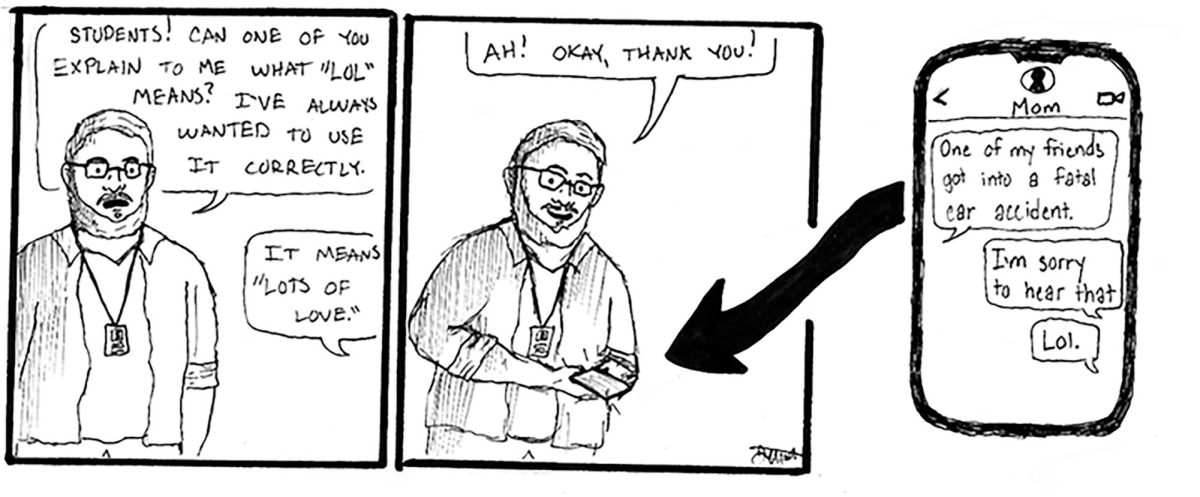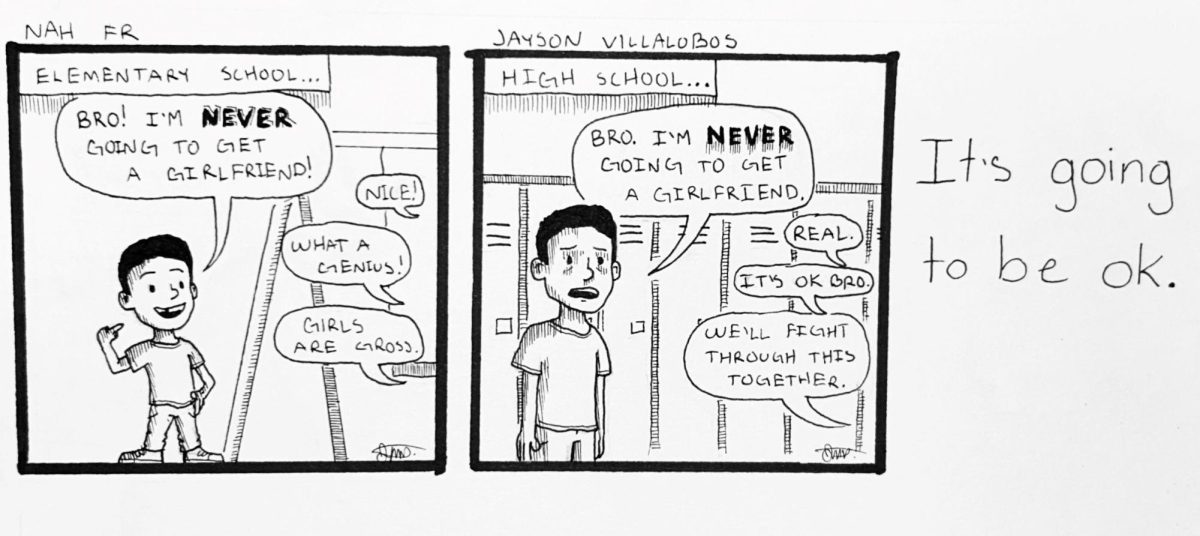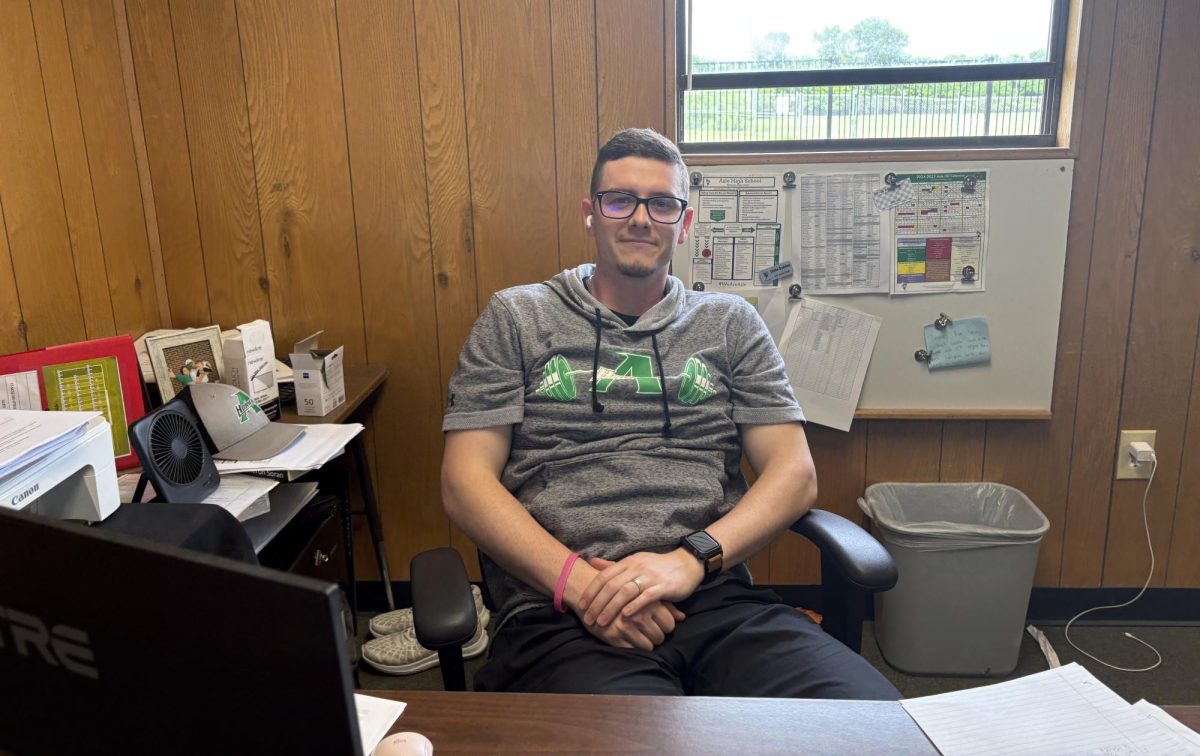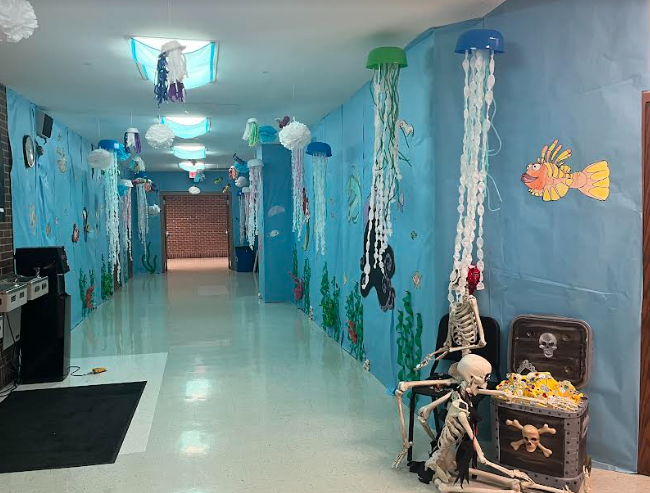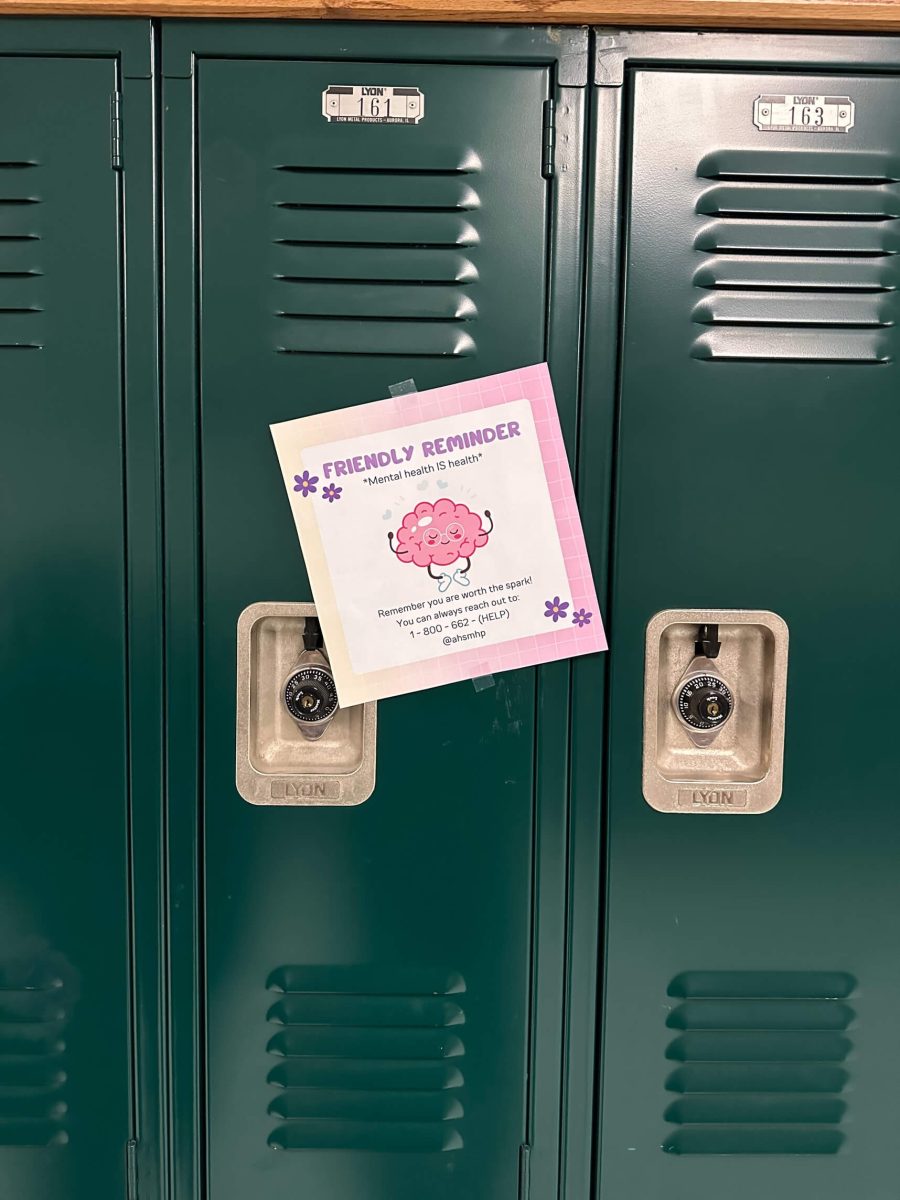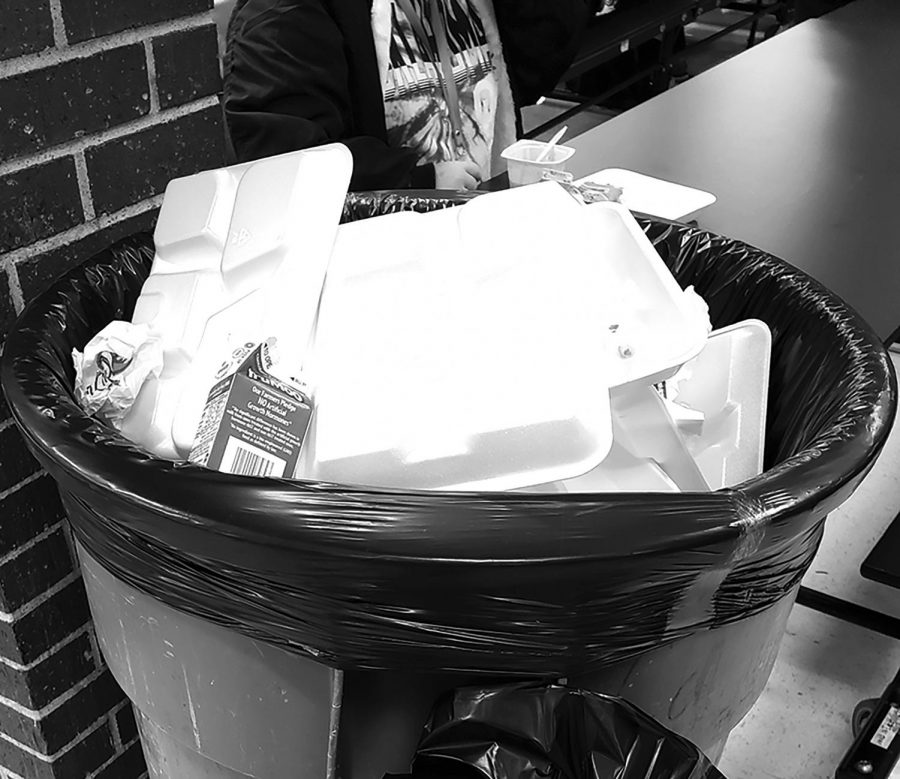Go Back to Plastic and Compost
November 20, 2019
Schools spend too much money on unnecessary trash, doing harm to the environment. Schools have been providing students with styrofoam lunch trays and plastic silverware that are not recyclable or compostable.
If schools would go to compostable or plastic trays that were recycled, schools would not only be helping the environment but also save money to use for the school.
When students are done with their trays they throw them away in the trash cans. Most of the trash that is thrown away ends up in landfills. It takes at least 500 years for polystyrene to completely decompose. The majority of the earth’s trash ends up in the oceans and disrupts ocean life. http://businessbarbados.com/trending/green-business/the-dangers-of-polystyrene/
Styrofoam is hazardous not only to the Earth but humans too. It contains styrene which is a flammable liquid and benzene which causes harmful effects on bone marrow and can cause a decrease in red blood cells. https://www.baltimoresun.com/opinion/op-ed/bs-ed-styrofoam-bill-20170216-story.html
There are around 250 students that eat breakfast at school and around 850 that eat lunch, which is around 1,100 people that use styrofoam lunch trays every day. Styrofoam trays cost three cents each, but schools have to get extra for students that decide to buy breakfast or lunch. If 1,200 students buy food it’s $36 a day for 172 school days which comes to $6,192 per year.
On the other hand, plastic trays cost $3.69 each. For 1,200 trays it would cost $4,428, but the school would only have to buy the trays once because they are reusable, the school could use the same ones for years. Unless some of the trays get used too much or break, the school would have to buy more. https://www.webstaurantstore.com/3363/compartment-trays.html https://www.webstaurantstore.com/599/biodegradable-plates-and-compostable-plates-platters-bowls-trays-and-servingware.html
The compostable trays are more expensive, but since they are compostable the school could make its own compost. They cost $43.99 for a pack of 400 trays. For 1,200 trays it would cost the school $132 a day and $22,704 a year. Making a compost pile has many benefits. One is that it improves soil quality, then schools could donate or even sell their compost with their community garden. They could start their own garden to use the compost in. Having compost also decreases erosion by increasing water entering into the soil and reducing runoff. https://learn.eartheasy.com/guides/composting/
Schools should invest in buying plastic or easily transition into compostable trays. It would be better for schools and the environment.






